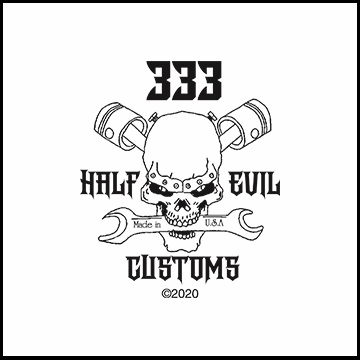|
Welcome,
Guest
|
TOPIC:
Z250 Single 16 Apr 2012 09:42 #516123
|
|
Please Log in or Create an account to join the conversation. |
Z250 Single 16 Apr 2012 10:39 #516132
|
|
Please Log in or Create an account to join the conversation. |
Z250 Single 16 Apr 2012 11:28 #516142
|
|
Please Log in or Create an account to join the conversation. |
Z250 Single 17 Apr 2012 09:36 #516301
|
|
Please Log in or Create an account to join the conversation. |
Z250 Single 17 Apr 2012 23:51 #516410
|
|
Please Log in or Create an account to join the conversation. |
Z250 Single 18 Apr 2012 09:53 #516459
|
|
Please Log in or Create an account to join the conversation. |
Z250 Single 18 Apr 2012 10:29 #516462
|
|
Please Log in or Create an account to join the conversation. |
Z250 Single 18 Apr 2012 16:24 #516516
|
|
Please Log in or Create an account to join the conversation. |
Z250 Single 18 Apr 2012 18:01 #516532
|
|
Please Log in or Create an account to join the conversation. |
Z250 Single 20 Apr 2012 08:38 #516831
|
|
Please Log in or Create an account to join the conversation. |
Z250 Single 25 Apr 2012 09:37 #517971
|
|
Please Log in or Create an account to join the conversation. |
Z250 Single 25 Apr 2012 09:53 #517975
|
|
Please Log in or Create an account to join the conversation. |







